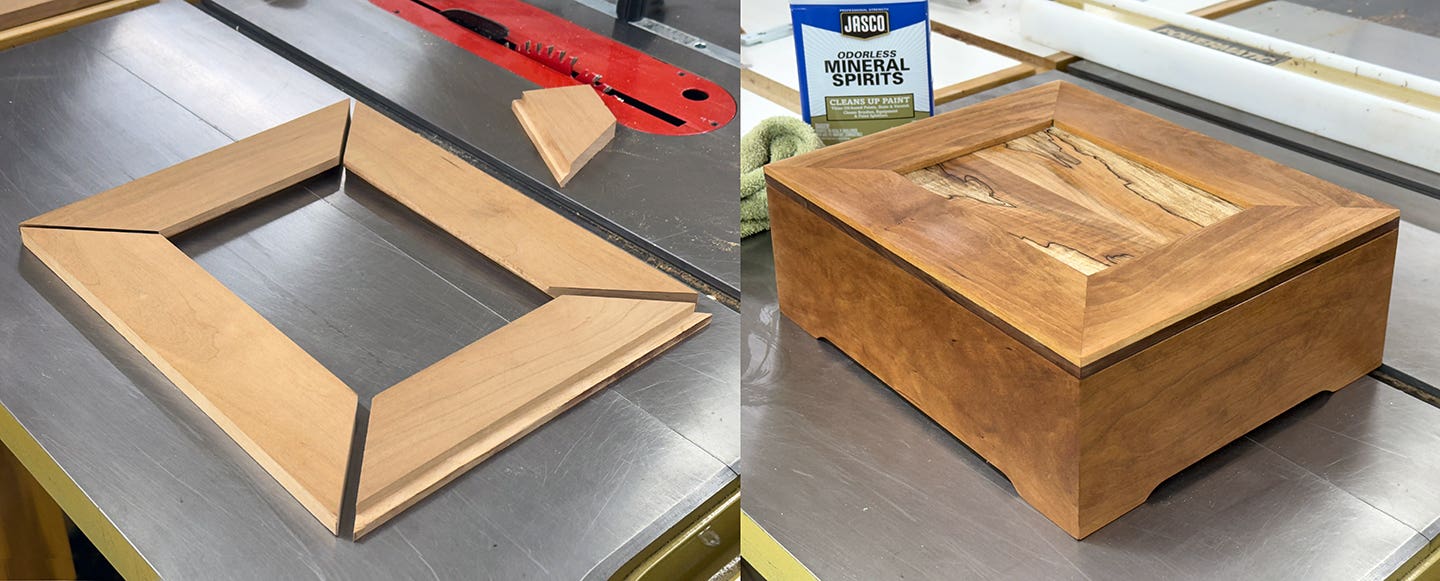Chairmaking challenge confounds and astounds
If you work with designers — or have said never again — this should brighten your day. At Centerbrook Architects & Planners LLP in the Centerbrook section of Essex, Conn.,…
If you work with designers — or have said never again — this should brighten your day.
At Centerbrook Architects & Planners LLP in the Centerbrook section of Essex, Conn., architects and graphic artists were challenged to design and build a chair. It was a contest of sorts to see who could build the sturdiest, most comfortable chair, in the estimation of the firm’s partners. Not unexpectedly, the designs were easier to produce than the chairs, especially by a group of novice woodworkers.
The contest is part on an ongoing workshop project at Centerbrook, where staff members receive hands-on instruction in a variety of building crafts, including woodworking, metal work, ceramics, resins, casting, fabrics and finishes.
Partner Jefferson Riley set the scene for potential failure in a blog entry, “After all, a chair is less complicated than a whole building and many architects have famously designed one, among them Wright, Corbusier, Saarinen, Gehry, Foster and Mies van der Rohe. It should be noted, however, that after the experience Mies van der Rohe said, ‘A chair is a very difficult object. A skyscraper is almost easier. That is why Chippendale is famous.’ ”
The designs were difficult to make, requiring complex joinery, sculptured shapes and, for the most part, a mixed-media approach. The participants were mentored, but mostly learned by trial and error during a 20-week build.
“At the first session, facilities manager Bill Rutan made sure everyone knew where the first-aid kit was,” writes Riley. “He assured them, clairvoyantly, there will be blood.”
Melissa Kops’ winning chair features a flexible disk back for lumbar support, though she learned firsthand that what’s drawn on paper doesn’t always work in the shop.
“As I developed the design, the other parts of the chair became more complex in response to the original concept,” she writes. “For instance, I changed the seat from rectangular to round. Attaching legs to a round seat is less straightforward and, as a woodworking newbie, I came up with a solution that made sense to me and, I think, is rather original. I ended up hand-working the wood more than I expected, using dovetail saws, chisels, files, hand planes and sandpaper.”
Another participant, Derek Hayn, ended up taking a methodical and somewhat obsessive approach to chairmaking. These are his words, not mine.
“From the start I knew I wanted straight lines and sharp angles paired with a gently curved seat and back. The resulting chair is sort of reminiscent of an old schoolhouse chair with a modern, impossibly interconnected frame.
“This chair consumed my life for the last month. I spent about half of that time just staring at it, plotting each move. As a graphic designer who believes every element has its place on the page, it was inconceivable for me not to take that approach with this chair. [But] graphic designers don’t get to build models in school; we just inhale a bit too much spray mount.”
The designers will probably stick to their day jobs, but the hands-on experience will surely help them down the road, according to Rutan.
“No one who goes through this class will ever look at a chair in the same way again. Architects by nature and necessity are closely allied with those who build. Some have hands-on experience in building; others do not. We had both categories in the chair project. The most rewarding thing to me was to see those who have never cut and shaped wood learning how to work with their hands to make the pieces so their designs can be born into life.”
To read the entire blog and see more pictures, visit http://centerbrook.com/blog.
This article originally appeared in the April 2013 issue.







